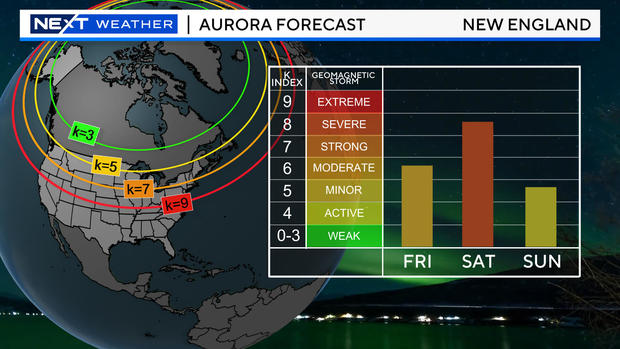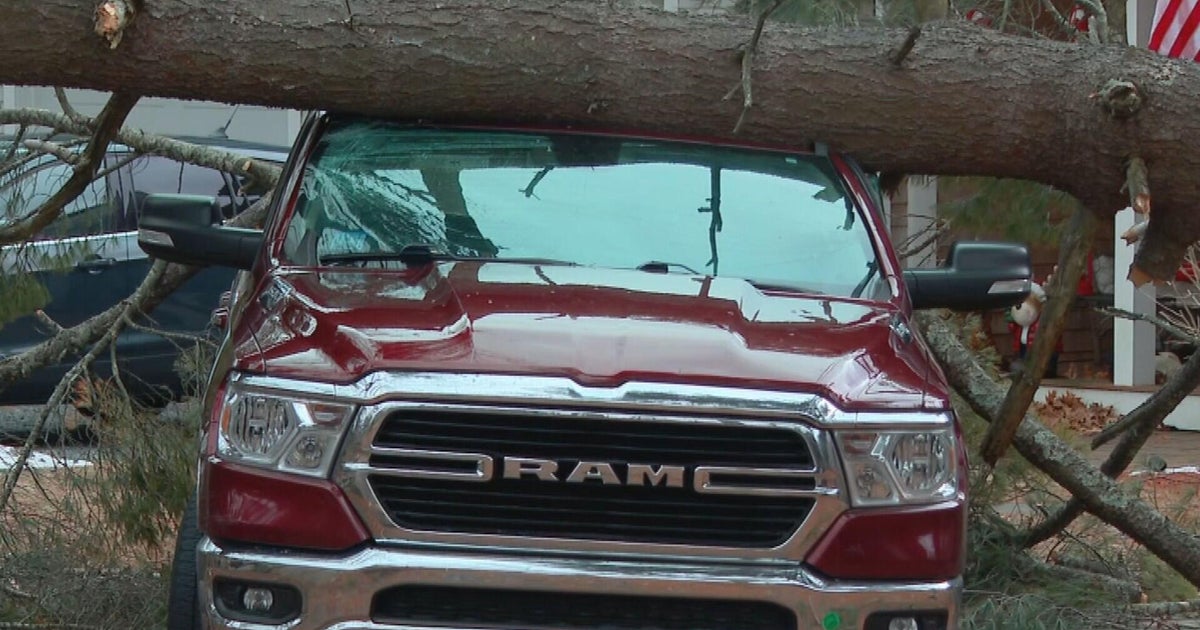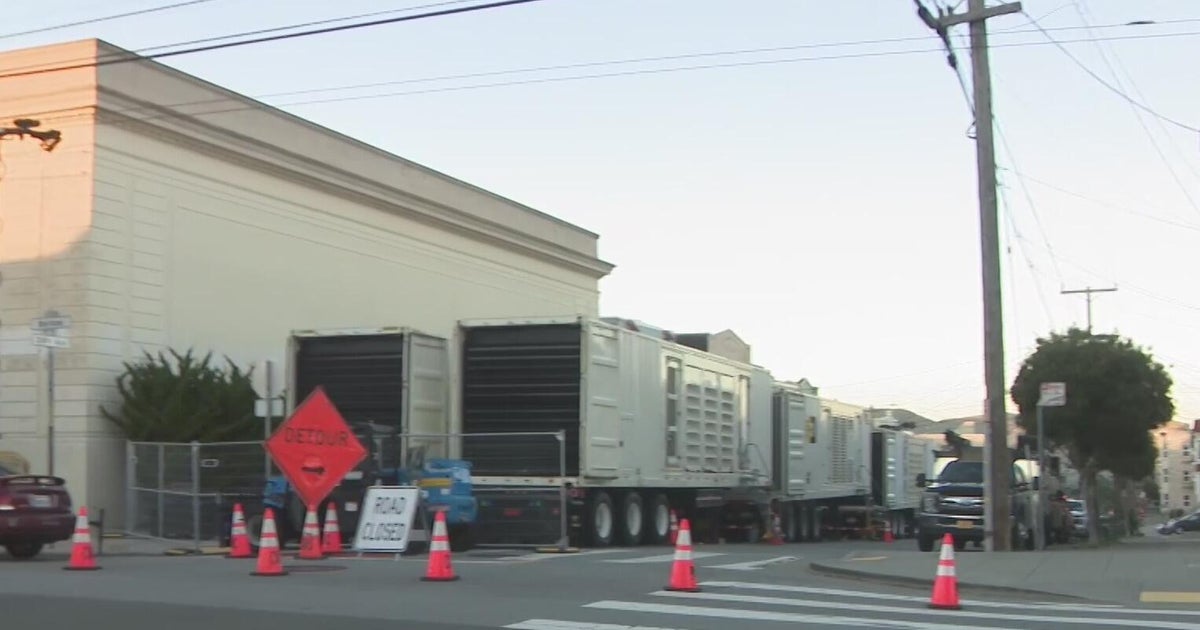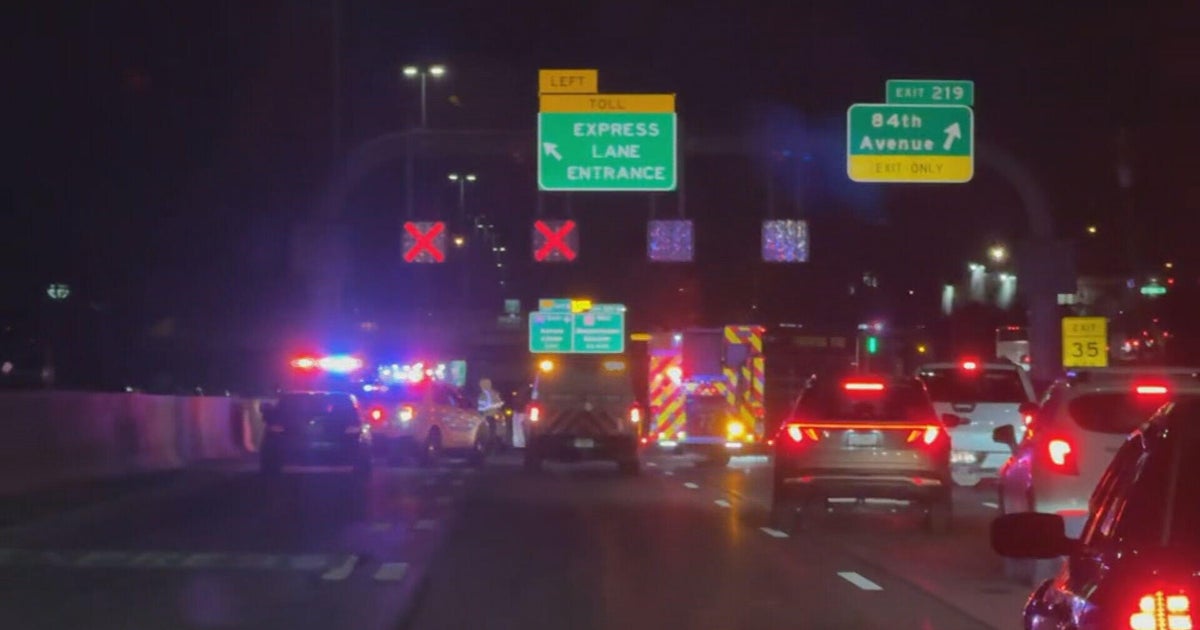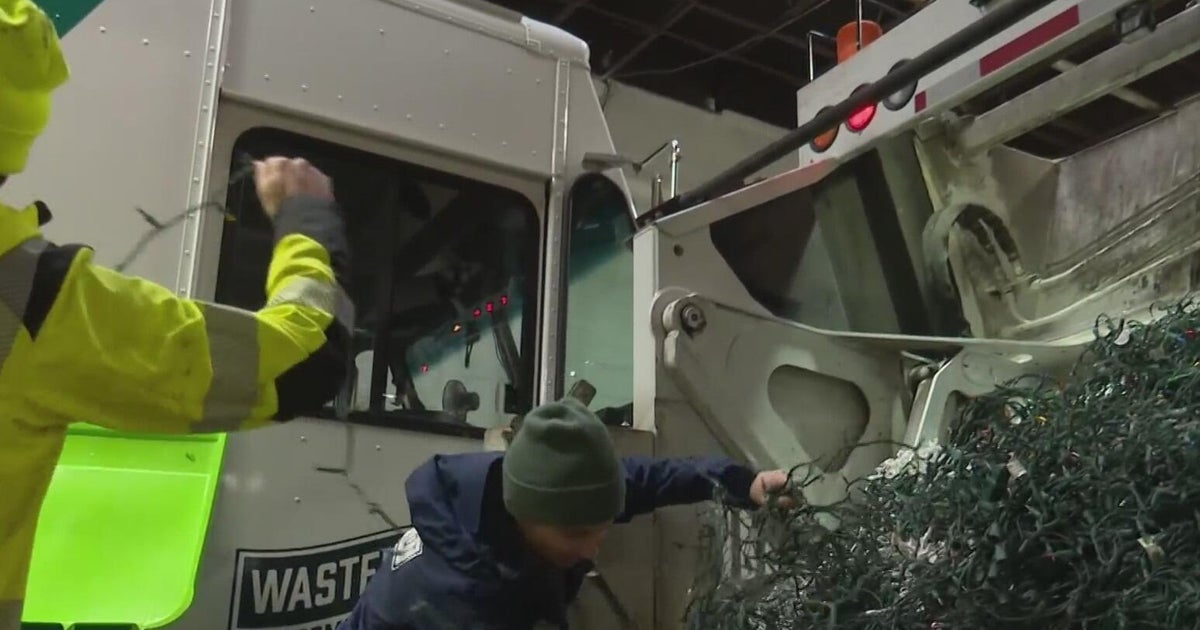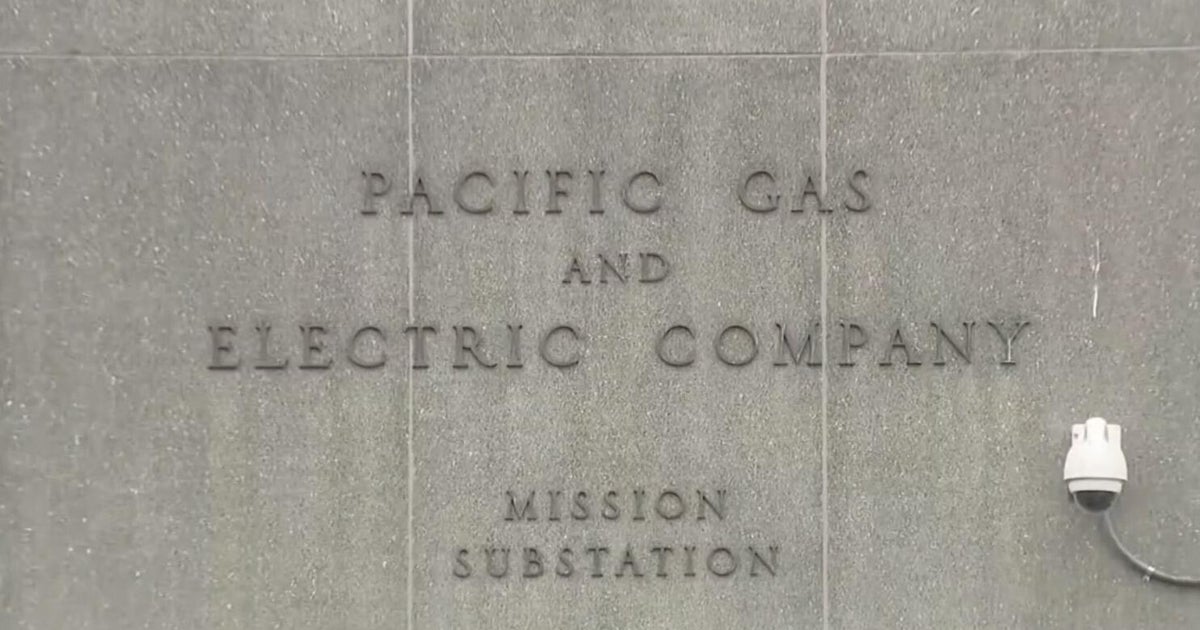Giant sunspot could bring northern lights to Massachusetts. Maps show the aurora forecast.
BOSTON - For the first time since 2005, our planet is now under a "severe geomagnetic storm watch." This may sound awfully scary, but in actuality this is exciting news! The northern lights may be coming to a backyard near you!
One of the largest sunspots in decades
Right now, there is a massive sunspot pointed toward Earth. Known as Sunspot AR3664, this is one of the largest sunspots we have seen in decades.
UPDATE: Geomagnetic storm begins
In fact, many experts are comparing it to a famous sunspot way back in 1859, known as "Carrington's sunspot".
AR3664 is nearly 200,000 km wide, the size of about 15 Earths!
Still got those solar eclipse glasses? You can actually see the giant sunspot right now on the surface of the sun by safely using the certified glasses!
Over the last 24 hours, several CME's (coronal mass ejections) have burst outward from the sun and are now headed toward Earth. It is believed that some of these massive ejections will combine into one enormous "Cannibal CME".
Severe geomagnetic storm
This cannibal CME is the reason why NOAA is predicting a severe geomagnetic storm (level G4 or severe) late Friday night and early on Saturday.
Thursday's solar flare was classified as an X2.2.
X class solar flares are the largest followed by M class and C class.
Within the X class, the flares are subdivided from X1 to X9.
Long story short, Thursday's solar flare was pretty darn big. Big enough to potentially spark auroras much farther south (in latitude) than usual but not big enough to warrant concern over blackouts or grid issues.
In order for us to get a decent shot at seeing anything in southern New England, we typically need the "k index" ( a measure of the level of geomagnetic activity) to be 7 or higher.
You can see that early on Saturday the forecast is for a k index of around 8.
How to see the northern lights
If you want to optimize your chances to see the northern lights, you need to find an area with the least amount of light pollution (dark). Also, give yourself a view of as much open sky as possible without any obstructions.
Again, right now it seems the early hours of Saturday morning may be the peak timeframe (before the light of dawn starts interfering).
Obviously, all of this is for nothing if the weather doesn't cooperate!
Clouds would certainly ruin the show.
The forecast right now for early Saturday morning is for some cloudiness, especially near the coastline. However, overall, I would say odds favor clear or mostly clear skies for the majority of folks in southern New England!
Stay tuned to forecast updates over the next 24 hours. We will have the latest cloud cover and aurora forecasts right here and on WBZ-TV!
